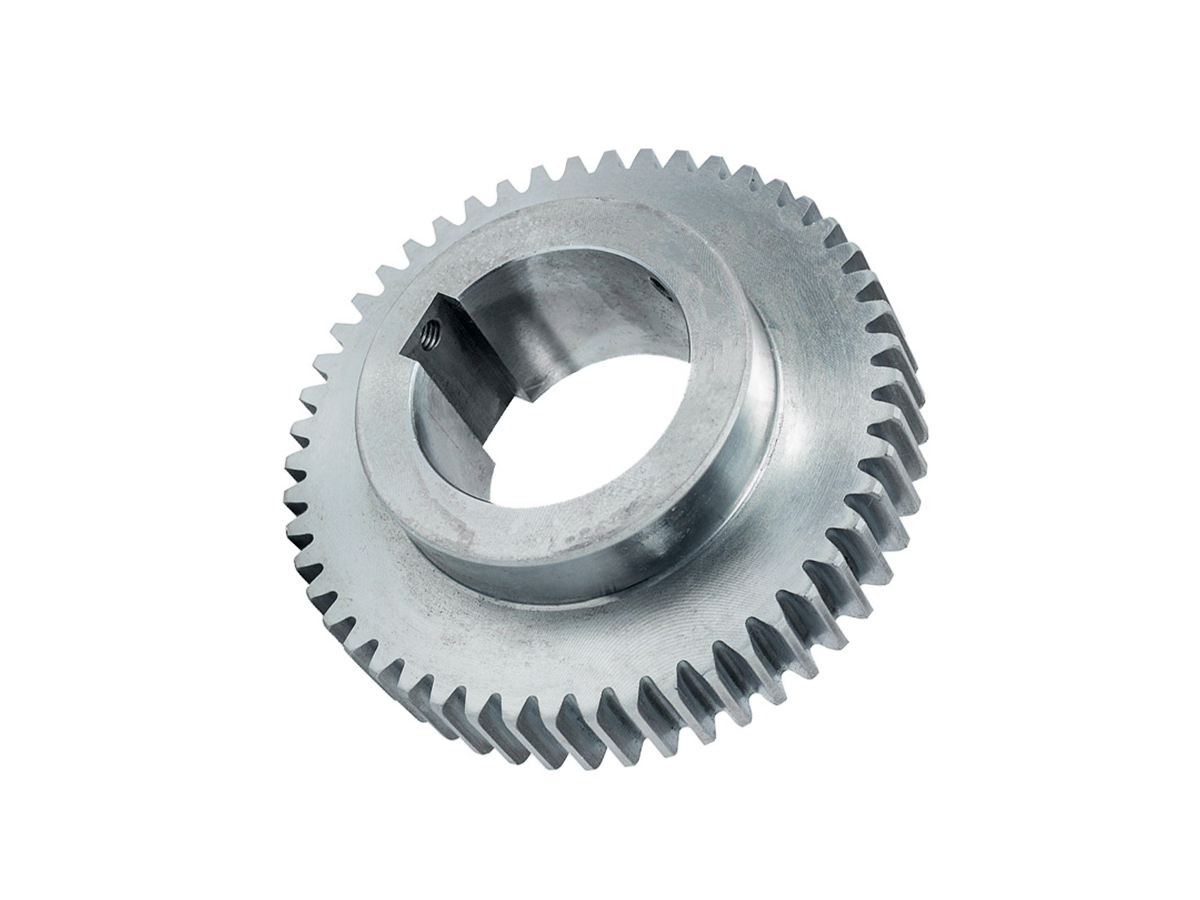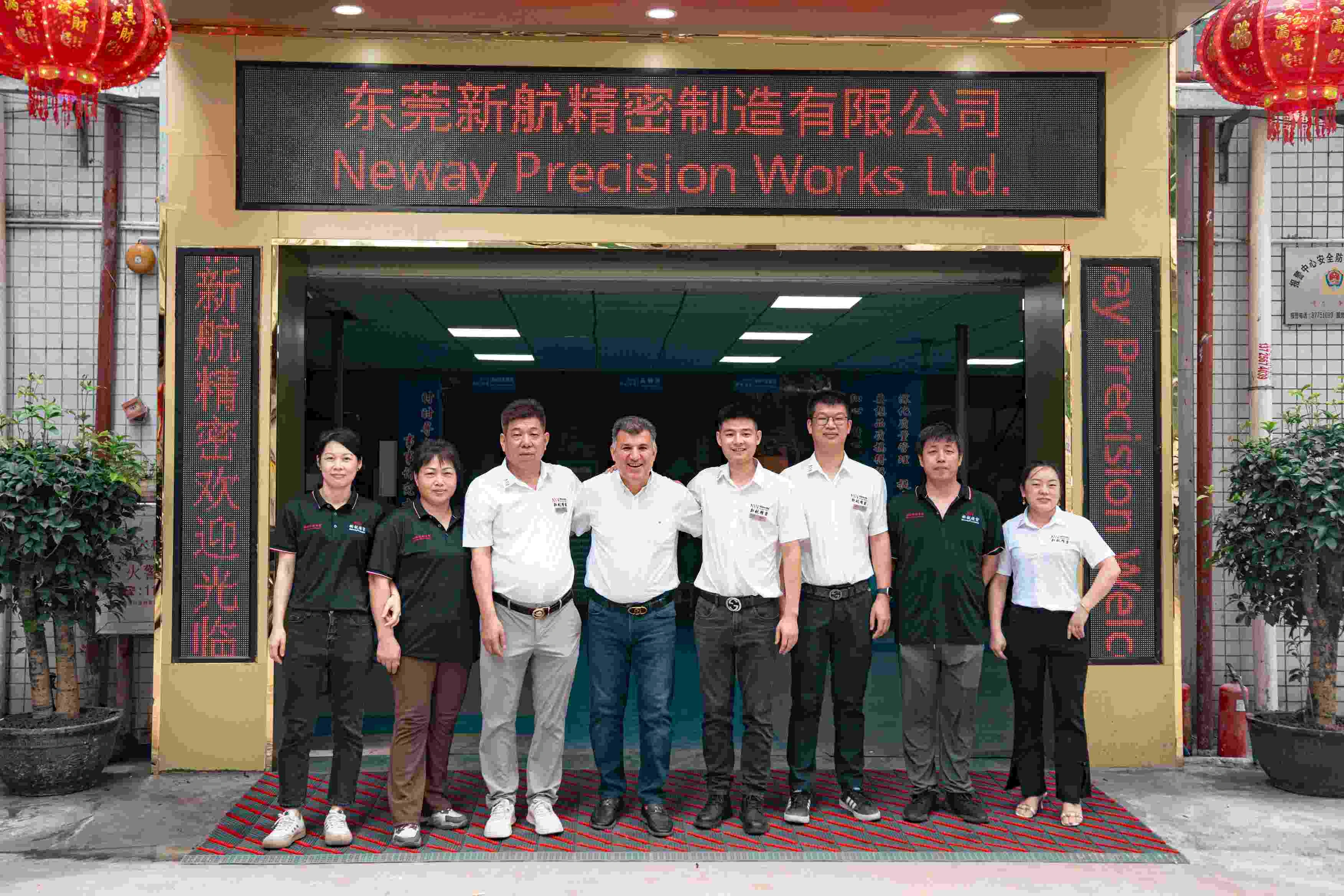Automation Advancements: The Role of CNC Boring in Precision Manufacturing for Industrial Equipment
Introduction
In the fast-paced automation industry, the demand for precision and reliability drives advancements in industrial equipment manufacturing. CNC boring is pivotal in producing highly accurate components like gear housings, hydraulic manifolds, precision actuators, and machine frames, significantly boosting performance, durability, and operational efficiency.
High-quality CNC boring services deliver tight dimensional tolerances, precise hole alignment, and superior surface finishes. Mastery of CNC boring technologies enhances the precision and longevity of critical automation equipment, directly influencing production reliability and reducing maintenance downtime.
Materials for Precision Industrial Equipment Components
Material Performance Comparison
Material | Tensile Strength (MPa) | Yield Strength (MPa) | Hardness | Typical Automation Applications | Advantages |
|---|---|---|---|---|---|
Cast Iron | 170–450 | 165–385 | 170–230 HB | Gear housings, machine frames | Superior vibration damping, wear resistance |
655–1035 | 415–655 | 28–32 HRC | Precision actuators, drive shafts | High strength, excellent fatigue resistance | |
510–540 | 450–480 | 150 HB | Robotic arms, lightweight frames | High strength-to-weight ratio, good machinability | |
505–700 | 215–505 | 70–90 HRB | Hydraulic manifolds, precision valves | Corrosion resistance, durability |
Material Selection Strategy
Selecting materials for automation equipment involves careful consideration of component-specific demands:
Gear housings and heavy machinery frames needing stability and vibration damping greatly benefit from Cast Iron.
Components under dynamic stress, such as precision actuators and drive shafts, require the high fatigue strength of 4140 Alloy Steel.
Robotic arms and automation frames demand lightweight yet strong materials, and the Aluminum 7075 is favored due to its high strength-to-weight ratio.
Hydraulic manifolds and precision valves operating in corrosive environments benefit from the corrosion resistance of Stainless Steel SUS304.
CNC Boring Processes and Performance
Process Performance Comparison
CNC Boring Technology | Diameter Range (mm) | Dimensional Accuracy (mm) | Automation Applications | Key Benefits |
|---|---|---|---|---|
10–300 | ±0.005 | Hydraulic manifolds, precision gearboxes | Excellent dimensional control, superior surface finish | |
20–400 | ±0.01 | Complex actuator bodies, valve housings | Versatile machining, accurate complex geometries | |
50–800 | ±0.01 | Large equipment frames, structural components | Stability, high accuracy for large parts | |
3–150 | ±0.003 | Ultra-precision components, alignment pins | Highest accuracy, minimal dimensional deviation |
Process Selection Strategy
Choosing appropriate CNC boring processes maximizes the precision and efficiency of automated equipment:
Components like hydraulic manifolds and gearbox housings benefit from the precise dimensions and smooth surfaces of Precision CNC Boring.
Intricate components with multiple orientations, such as actuator bodies, are effectively produced using Multi-Axis CNC Boring.
Heavy-duty structural frames and large equipment housings require the stability and precision of Horizontal CNC Boring.
High-precision internal components such as alignment pins and ultra-precision guides rely on CNC Jig Boring for superior accuracy.
Surface Treatment Options and Their Impact
Surface Treatment Performance
Treatment Method | Corrosion Resistance (ASTM B117) | Wear Resistance (Hardness) | Temperature Stability (°C) | Automation Uses | Features |
|---|---|---|---|---|---|
≥200 hrs | Moderate | Up to 300°C | Actuator components, shafts | Basic corrosion protection, aesthetic finish | |
≥1000 hrs | High (HV600–750) | Up to 400°C | Valve bodies, precision gears | Uniform coverage, excellent wear resistance | |
≥500 hrs | Moderate-High | Up to 400°C | Aluminum frames, robotic arms | Enhanced durability, corrosion resistance | |
≥800 hrs | Very High (up to HV1200) | Up to 550°C | Drive shafts, high-load gears | Superior surface hardness, improved fatigue resistance |
Surface Treatment Selection Strategy
Effective surface treatments significantly improve automation component performance:
Actuator shafts and moderately stressed components requiring basic protection benefit from Black Oxide treatment.
Precision gears and valves subject to high wear and corrosion conditions rely on Electroless Nickel Plating for robust protection.
Aluminum-based robotic arms and lightweight frames best treat with Anodizing to enhance surface durability and corrosion resistance.
Highly stressed mechanical components, such as drive shafts and gears, gain optimal performance and longevity through Nitriding.
Comprehensive Quality Control Procedures
Effective quality assurance methods ensure reliability in automated industrial equipment manufacturing:
Dimensional Inspection: Coordinate Measuring Machines (CMM) and laser measurement systems to confirm precise tolerances.
Surface Finish Assessment: Advanced profilometers and microscopy validate high-quality surface conditions.
Mechanical Testing: Tensile, yield strength, and hardness evaluations complying with ASTM and ISO standards.
Non-Destructive Testing (NDT): Ultrasonic (UT), radiographic (RT), and magnetic particle inspections (MPI) ensure internal component integrity.
Corrosion Testing: ASTM B117 salt spray testing verifies surface treatment efficacy.
Documentation and Traceability: Strict compliance with ISO 9001 and industry-specific quality management standards.
Practical Industry Applications
CNC Bored Components in Automation Equipment
Precision hydraulic manifolds and valve housings.
Durable gearboxes and drive system housings.
Lightweight, high-strength robotic frames and arms.
Accurate actuator cylinders and machine alignment components.
Related FAQs:
Why is CNC boring essential for manufacturing precision automation equipment?
Which materials provide optimal performance for automated machinery components?
What CNC boring methods are ideal for complex automation parts?
How do surface treatments improve durability in automated equipment components?
What quality standards apply to CNC machined components used in automation equipment?

